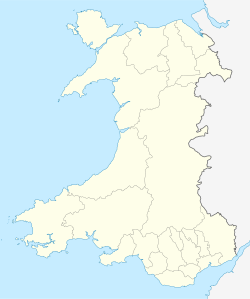Ynys Bery facts for kids

Ynys Bery from Ramsey Island
|
|
| Geography | |
|---|---|
| Coordinates | 51°50′56.72″N 5°20′27.02″W / 51.8490889°N 5.3408389°W |
| Administration | |
|
Wales
|
|
| County | Pembrokeshire |
| St David's and the Cathedral Close | community |
| Demographics | |
| Population | 0 |
Ynys Bery is a small island located south of Ramsey Island in Pembrokeshire, Wales. It is part of the St David's and the Cathedral Close area.
Contents
What Does Ynys Bery Mean?
The name Ynys Bery comes from the Welsh language. It means 'Falcon's Island'. However, an older book from 1811 suggested it meant 'Kite's Island'.
History of Ynys Bery
Early Descriptions of the Island
In 1811, a writer named Richard Fenton described Ynys Bery. He also wrote about its neighbor, Ynys y Cantwr. Fenton said these islands had tall, rocky cliffs. They were covered with thick grass and flowers like scurvy-grass and sea pink. A few sheep grazed there, and the islands were home to rabbits, puffins, and different kinds of gulls.
The S.S. Graffoe Shipwreck
In 1903, a large steamship called the S.S. Graffoe had an accident. This ship was carrying coal from Glasgow to Montevideo. It hit Ramsey Island and then sank near the northern end of Ynys Bery. The shipwreck now rests about 15 meters deep in the water. It is a popular spot for divers who explore the many shipwrecks around Pembrokeshire.
Island Geography
Ynys Bery is the highest of Wales's small islands. Its highest point reaches 71 meters (233 feet) above sea level.
Plants and Animals
Ynys Bery and nearby Ynys Cantwr are important places for birds. They are breeding grounds for lesser black-backed gulls. In the spring, the island is covered with pale blue squill flowers, making it a beautiful sight.


